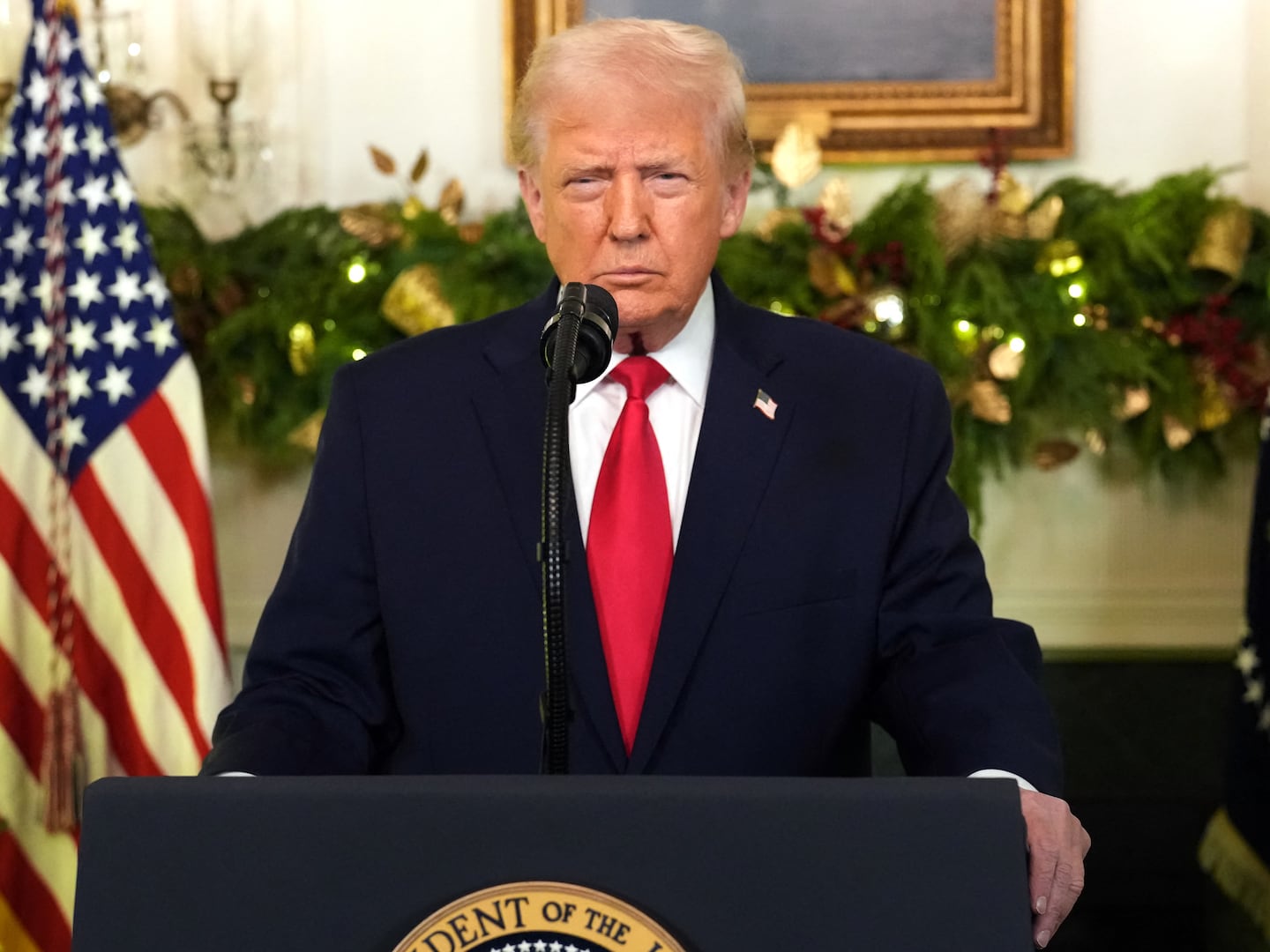
Plus, read more insight on Iran's election from other Daily Beast writers.
On Thursday, my friend Arash Aryan spoke beautifully and poignantly about the experience of being a real Tehrani in the middle of the protests right now. We were on the phone and email intermittently all Thursday night. He is angry and even crying, fearing that there will be blood tomorrow (after the Ayatollah’s “khutba”—the traditional Friday sermon). While I pray for his safety, I also know, like him, that his voice needs to be heard. This is Arash’s latest report compiled over phone conversations, broken emails, and monitored access through the night.
Iran in Black
1. March to Victory:
On the third day after the death of a beloved demonstrators, Iranians hold the first memorial service. (Other memorial services include the 7th and the 40th day.) In the Revolution of 1979, memorial services for those killed in the street clashes marked turning points in the course of the revolution. Today was the third day of the brutal killing of seven young men and women. Mir Hossein Mousavi, the reformist candidate, asked his supporters and the people to come to the streets in black and mourning signs. As previous days, we were informed by word of mouth to attend the ceremony in Imam Khomein (Toopkhaneh) Square from 4 to 6 p.m. We took the underground from Navvab Station to Imam Khomeini Station. One station before our destination, people said that Imam Khomeini Station is closed and we better get off. Later we found out this was untrue. We got off in Hassanabad Station to find ourselves among the huge group of people. Riot police were already in all side streets and in the bus terminal. We marched slowly to Toopkhaneh Square, which is in the central part of Tehran near the bazaar. Traditionally, this area is known as a religious area and inhabitants mainly include less-privileged people. Mir Hossein Mousavi appeared among the people and spoke to them for a few minutes, inviting them to a peaceful and calm protest and promised not to surrender. His speech and his appearance was received with enthusiastic applause. We continued our march toward Ferdowsi Square and then turned left into Enghelab Square. When we were in Ferdowsi Square, we were told that the people were already in Azadi Square. The length of the route covered with people was extraordinary. One end in Azadi Square and another end in Hassanabad Square. It is a distance of about 8 kilometer (about 5 miles). My estimate is that the number of protesters today was not less than that of the great march of June 15th.
Click Image Below to View Our Gallery

2. Art Fair:
Artists were a major part of the opposition Thursday. Many cartoons could be seen in the hands of people. At some points on the route, cartoonists were busy drawing cartoons and writing slogans and giving them out to the people. Poetry, the national art of Iran, was everywhere. Poems by Balkhi Rumi, Ferdowsi, and Shamlu were frequent. I saw some poets who were holding their own poetry in placards. Poems by Shamlu included:
A cold sword passed through the sky/ that flight of pigeon is forbidden, Suppose you beat, suppose you cut, suppose you kill, what will you do with the inevitable sprout of buds? It is long that you have talked to us harshly/ can you bear to hear a response in truth? There are the butchers/ stationed on passways/ with bleeding log and knife/ a strange time it is my dear. The one who knocks at the door/ has come to kill the light/ light should be hidden in the backroom Wait to see what the curse of night will make of you/ as the mothers in black/ mourners of the most beautiful children of sun and wind/ have not yet raised heads from their praying mats
Posters of Mussolini and Hitler with a blank space for the Iranian dictator was carried by a number of people.
3. Iranian Identity:
Iranians take pride in their pre-Islamic culture and their ancient civilization. The Islamic government had tried during the past 30 years to subdue the importance of this great heritage to the Islamic history of Iran. At the early years of the Islamic republic, they even wanted to destroy Persepolis and any sign of praise for pre-Islamic Iran was condemned. Today, people once again emphasized on their old culture and their ancient glory. Many people carried placards with references to the glory and the humanity of Cyrus the Great, the Achmaneid King who redeemed the Jews from Babylon and who is mentioned in the Old Testament. He is also famous for the first human-rights charter in the history of mankind. His human-rights charter guarantees freedom of religion, freedom of belief, freedom of speech for all the 25 nations in his vast empire considered to be the largest world empire ever. The national epic of Ferdowsi (Shahnameh) was also present with the stories of Kaveh and Fereidoun and their fight for freedom and justice, which symbolizes the conditions of Iran today. Samples included the statement narrated from Darius the Great which says: "May God protect this land from lie and draught and enemy." The fact that Ahmadinejad proved to be a liar made people so furious as lying is the ugliest moral vice in the Iranian culture.
4. Tehran University = Pilgrimage Site
All around the Tehran University main campus on Enghelab Street, candles were burning. People who had carried their candles along with them, left them on the walls of Tehran University where the riot police were standing silently watching the people. The university looked like a pilgrimage site where people paid tribute to their martyrs. Tehran University has been the center of all political movements since its establishment date. It is the mother university in Iran and was the center of all political activities during the 1979 Revolution. According to the students; five students had been killed in the invasion of their halls of residence by the Basiji militia. The names include: Mohsen Imani, Mobina Ehterami, Kasra Ashrafi, Fatemeh Barati, Kambiz Shoaee (three boys and two girls). Today, the chancellor of Tehran University appeared on TV and denied the death of any students. Another student killed was named as Nasser Amirnejad, senior student of aerospace engineering. Slogans concerning the university killings included: "The holocaust that you deny is the mass murder in University"; "Holocaust = mass murder of people's votes."
As the night fell, the streets change into the patrol sites of Basiji militia who spread fear and hatred among the inhabitants by patrolling on their frightening motorbikes and waving their scary clubs in hand.
5. Slogans on the Streets
Many other slogans concerned the issues such as the rights of women, the promise to take revenge if violence continues, contempt for Ahmadinejad and the hardliners, contempt for the IRIB and its role in distorting the truth, invitation to non-violence, urging the religious leaders to come to the scene and condemn the state-sponsored violence, expressions of hope, description of the censorship and suppression, words of wisdom by leaders such as Gandhi and Dr. Shariati; praise of the national football team for their support during the qualifying games in Seoul and many others. Beggars were today clad in black with green ribbons and were playing national patriotic songs. A man with a minivan whose van advertised him as the First Mobile Shoe-Polisher of Iran had decorated his van in a very beautiful way and was himself sitting on the roof waving to the crowd. Another man was burning incense among the people. Some were distributing water bottles and fruit juice. In general, all were displaying their creativities.
6. We Are “Dust”
Shajarian, the legendary classis singer of Iran, wrote an open letter to the IRIB and urged them to stop broadcasting his songs. He said, "Don't broadcast my voice; this is the voice of dirt and dust”—the word Ahmadinejad used in describing people objecting to him.
As the night fell, the streets change into the patrol sites of Basiji militia who spread fear and hatred among the inhabitants by patrolling on their frightening motorbikes and waving their scary clubs in hand. Like hyenas, they come out after dusk and look for prey. Innocent girls and boys remove any sign of affiliation to the movement as soon as they leave the crowd and as soon as it starts to get dark and hastily head home to change views and to rest for another day of struggle. An old man on the side of the march today was giving hope telling: "Victory is close! Don't get disappointed."
We won't get disappointed. Even if we cannot change anything, we are already victorious. We are victorious because we proved to ourselves that we are plenty. We are plenty and we are free: Free in mind, free in idea, free in our desire for a better life for all. A life we deserve.
Viva Democracy, Viva Freedom, Viva Iran
Parvez Sharma is the director and producer of A Jihad for Love . He is in constant contact with friends on the ground in Tehran and has also been blogging on The Huffington Post.






